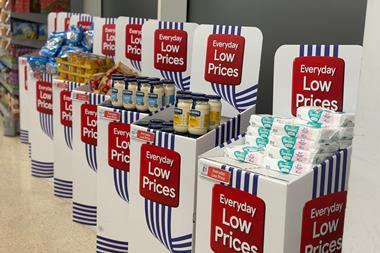
With increased pressure from the discounters, a shift to convenience and continuous changes in shopper behaviour, it is safe to say we will continue seeing lots of changes for brands and grocers in 2020.
And of course, once a business anticipates change, the smart thing to do is to be one step ahead of the game, right? In fmcg, brands should be doing exactly this by seeking to find smarter ways to reach their target audiences and convert them to buy.
But the sad reality is that over the past few years we have seen one too many chances missed by brands to reach and convert their shoppers, leading to advertising wastage and a diminishing return on investment.
Why is this happening? All too often (and particularly in fmcg), the marketing planning process is fragmented. While this sometimes stems from disjointed team structures, many media agencies are also contributing to the problem – they’re not connecting the campaign to the opportunity to buy the product.
Let me put this into context. My colleague recently came across a new product launch advertised in his local gym, from a well-known healthy snack brand. Of course, it was obvious why he and all his fellow health-conscious gym-goers were targeted for this product. Simple.
But then it went wrong. Straight after, he popped into the Tesco next door to the gym to purchase the product, only to find it wasn’t stocked in that store. What’s worse is that he fell directly into the hands of a competitor brand selling a similar product to the one advertised.
Not only did this result in some of the brand’s advertising budget going to waste (even worse, to drive sales of one of its rivals), but it also created a very poor customer experience.
For fmcg brands looking to grow grocery sales, it doesn’t have to be this way. Proximity channels (those that are targeted to run in close proximity to the point of purchase through geolocation data) are proliferating and they are delivering results for brands. They can include anything from geo-targeted digital display ads on phone devices, location-targeted social media and out-of-home advertising.
This means that not only can these channels be targeted by audiences (for example, in postcode districts with the highest proportion of the target audience) but also by micro-location (for example, to run within a 10-minute drive time of large Asda stores). Furthermore, the activity can be planned to run only near stores where the product is stocked, or even better, in stores with maximum headroom for growth.
So now there are no compromises for brands looking to make more effective use of their marketing spend – campaigns that use detailed customer insights, accurate geolocation data and have a direct (and measurable) link to purchase. While there is a simple but important lesson to learn here, it will be interesting to see just how many brands change their old habits and explore this avenue in 2020.



















No comments yet